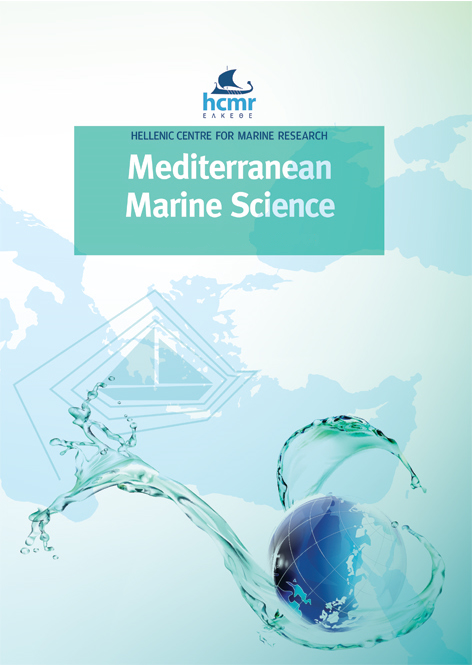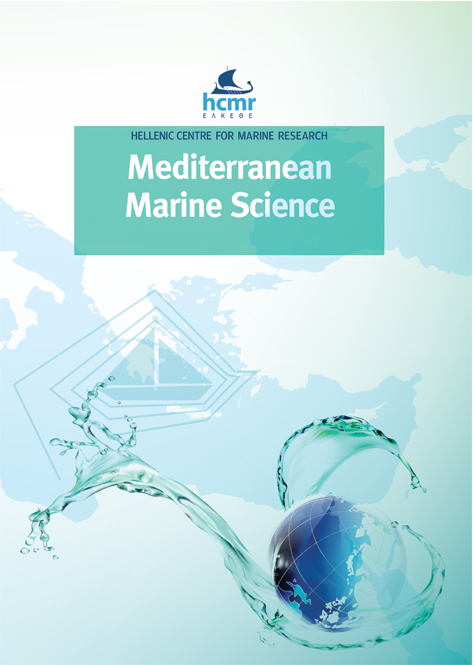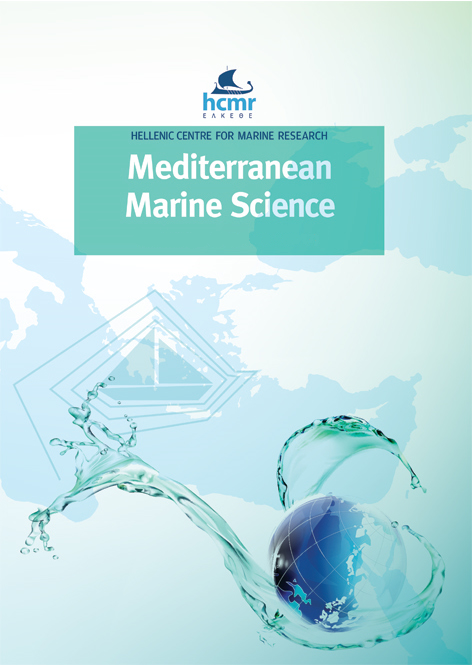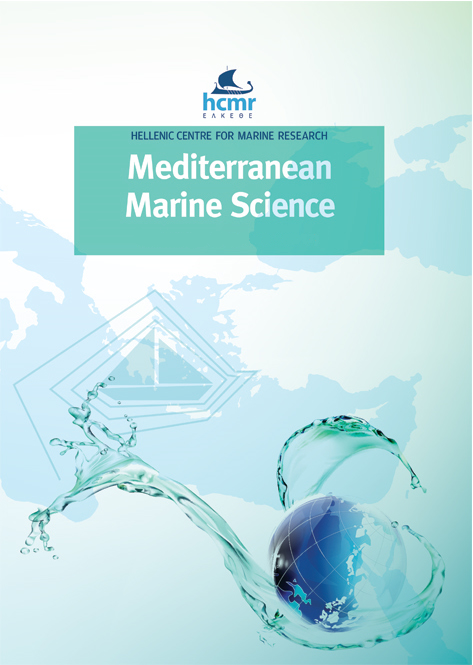Vertical distribution of Pseudo-nitzschia in the Gulf of Naples across the seasons

Abstract
Pseudo-nitzschia is a widespread genus of marine pennate diatoms comprising 58 species of which 28 can produce the neurotoxin domoic acid, causative of Amnesic Shellfish Poisoning (ASP). Species of the genus are found in both oceanic and coastal waters where they can form large blooms. The timing and magnitude of blooms is generally described based on water samples collected at the surface, while limited information is available on cell distribution within the water column. To address this knowledge gap, we investigated the vertical (0-50 m) distribution of Pseudo-nitzschia species identified in light microscopy using weekly samples collected in the Gulf of Naples (Italy) across an annual cycle (April 2006-April 2007). Physical variables and nutrient concentrations were also monitored. The genus is primarily abundant in surface waters, where spring blooms of P. cf. delicatissima and two morphotypes of P. galaxiae were related to the presence of a water layer with low salinity and high concentration of inorganic nutrients. Blooms of P. cf. pseudodelicatissima, P. allochrona and P. multistriata were recorded at surface during the summer-early autumn, when the water column was stratified and nutrient concentrations were low. Our observations confirmed the marked seasonality of Pseudo-nitzschia species described at our study site with light microscopy and molecular approaches, with species virtually absent from surface waters for long periods of the year. However, the high quantitative resolution applied in this study allowed to reveal low concentrations of Pseudo-nitzschia species/species complexes throughout the water column over the year. Since Pseudo-nitzschia do not produce benthic resting stages, their presence in deeper waters suggests that these species rely on rare overwintering cells that can function as bloom inocula.
Article Details
- Come citare
-
CIPOLLETTA, F., RUSSO, A., D’ALELIO, D., MARGIOTTA, F., SARNO, . D. ., ZINGONE, A., & MONTRESOR, M. (2022). Vertical distribution of Pseudo-nitzschia in the Gulf of Naples across the seasons. Mediterranean Marine Science, 23(3), 525–535. https://doi.org/10.12681/mms.28147
- Fascicolo
- V. 23 N. 3 (2022): VOL 23, No 3 (2022)
- Sezione
- Research Article
Authors who publish with this journal agree to the following terms:
- Authors retain copyright and grant the journal right of first publication with the work simultaneously licensed under a Creative Commons Attribution Non-Commercial License that allows others to share the work with an acknowledgement of the work's authorship and initial publication in this journal.
- Authors are able to enter into separate, additional contractual arrangements for the non-exclusive distribution of the journal's published version of the work (e.g. post it to an institutional repository or publish it in a book), with an acknowledgement of its initial publication in this journal.
- Authors are permitted and encouraged to post their work online (preferably in institutional repositories or on their website) prior to and during the submission process, as it can lead to productive exchanges, as well as earlier and greater citation of published work (See The Effect of Open Access).







